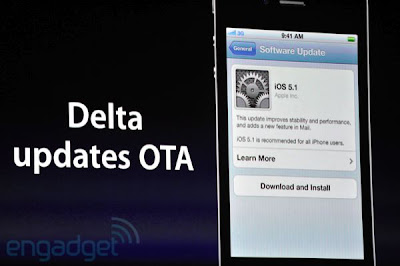Software Updates
Contents
Introduction
We need a design for how updates for the operating system and applications are handled.
Objectives
It is important that an OS manage updates for itself and hosted applications. Goals include:
- Attempt to keep system current, safe, and secure while minimizing disruption of the user
- Never do harm - be failsafe
Relevant Art
OS X 10.6

This is what users generally see, when Show Details is pressed, we get the detailed view below.

WebOS

Windows 7

Android
iOS 5

Discussion
Tentative Design
OS(2f)SoftwareUpdates/SoftwareUpdates.png)
Intended Behaviour
- Installing an update that says it requires a reboot will only install on reboot and ask you to reboot now.
- If the app is running it would ask if it is ok to restart the app for you after it installs the update.
Comments
As far as I know, GNOME OS is the whole user experience, not a new Linux distribution. Currently I'm using Arch Linux, and I love its repositories and the tools (pacman/yaourt) to get and update the software of my system. When my system gets updates I decide if I want to reboot now or later. In fact, I do not need to reboot and I decide when to do the update. So how Software Updates fits in the repositories paradigm? Is it a replacement? Just a front-end that I could setup? --TaeSandoval
This update mechanism is a front-end to the systemd's 'Offline System Updates' feature if your distribution implements it. On Fedora for example you can use yum or offline updates as you like. --RobertPrömper
Only problem I see is the reboot before applying the system updates, user expectations for 'install updates and shut down' aren't met if there is additional attention needed for rebooting the system, disk encryption password for example. --RobertPrömper
Yes, I thought that these behaviour was a bug. Better message is simply 'reboot, install updates and shut down' --OscarGarcia
